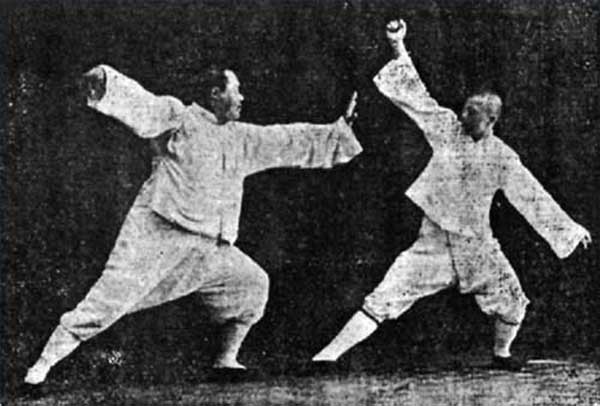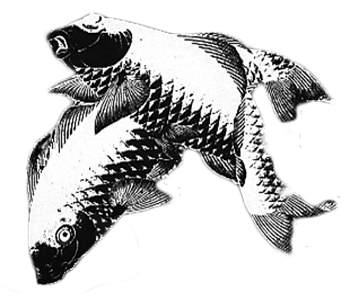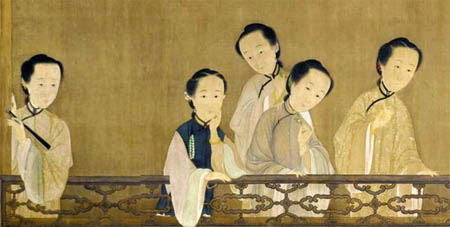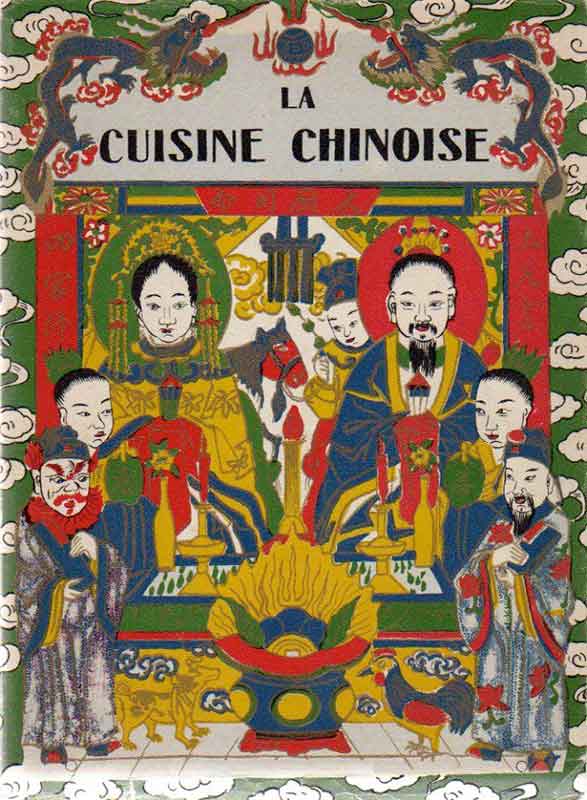
Hitting Hands…
Hitting Hands Essential Sayings
Translated by Peter Lim Tian Tek (first 2 parts), part 3 translated by Robert W. Smith and Cheng Man Qing from their book “T’ai Ch’i”
LI I Yu (1832- 1892), neveu et disciple du Maître Wu Yu Hsiang (Wu Yu xiang, 1812-1880), avait récolté les manuscrits de son professeurs et fut lui-même auteur de plusieurs textes sur la pratique. Maître Wu Yu Hsiang, qui appartenait à une famille de fonctionnaires de la dernière dynastie impériale chinoise Mandchoue (Qing) avait été l’élève, avec ses frères Wu Cheng Ching et Wu Ju Ching, du célèbre Yang Lu Chan et est l’origine d’un style de Tai Chi qui porte son nom. Le texte qui suit vient de Li I Yu mais rien ne semble garantir qu’il en est l’auteur.
Use the mind to move the qi, exerting sunk one, then can the qi gather in the bones, that is what is called ‘the source of the postures lies in the waist’. The intent and qi should change actively, it should be round and lively, that is what is called ‘be mindful of the insubstantial and substantial changes’. The upright body is erect, peaceful and comfortable, able to support 8 sides; move qi like 9 curved pearls, there is nowhere it does not reach, that is what is called ‘the qi spreads throughout without hindrance’.
Emitting strength (fajing) should be sunk, relaxed and quite, in one direction only, this is what is called ‘be still, when attacked by the opponent, be tranquil and move in stillness’. In moving back and forth one must fold repeatedly, advancing and retreating must have turns and changes, this is what is called ‘(my) changes caused by the opponent fill him with wonder’. In curves seek the straight, store then emit, this is what is called ‘study the function of each posture carefully and with deliberation, pay attention to the waist at all times’.
Lift the consciousness, then can one be without worry about being slow and heavy, this is what is called ‘completely relax the abdomen and the qi will raise up’. Empty the neck and prop up (the head) with strength, sink the qi to the Tan Tien, not slanting not leaning, this is what is called ‘when the coccyx is straight, the shen (spirit) goes to the head top, to make the whole body light agile suspend the head top’. Move the body using qi, exert on this to succeed, then can one facilitate the mind, this is what is called ‘extension and contraction, opening and closing, should be natural’. The mind is the command, the qi the flag, the consciousness the commander and the body the one ordered about, this is what is called ‘the i (mind) and ch’i (breath) are king, and the bones and muscles are the court.

Though the body moves, the mind holds preciously to quietness, qi must accumulate, the consciousness comfortable. The mind is the command, qi is the flag, the consciousness the commander and the body the one ordered about. Always keep this in mind, the method will yield benefits. The mind is the first, the body comes after. The body only does not know the hand and its movements, the foot and its stepping. This is what is called a single breath completion, abandoning onself and following others, attracting into emptiness, four ounces drawing out a thousand catties.
You must know that in moving, everything moves, when quiet everything is quite, see movement but still quiet, see quiet but still moving, inside is resolute consciousness, outside when seen is easy and comfortable. One must follow along with others, going along with others is lively, following self is stagnating. Those that esteem breath have no strength, those that cultivate the qi have pure hardness. If the other does not move, I do not move; the other moves slightly, I then move first. Labour to know yourself, only then can you turn and receive at will; for oneself to stick to others, one must know others, only then can one be not too late or too early. One must be able to raise the consciousness, then you don’t have the worry about being slow and heavy; sticking and following gives agility, then one can see the ingeniousness of ‘into emptiness’. One must divide Yin and Yang when moving back and forth, advancing and retreating has turning and closing.
Opportunity comes from oneself, strength is borrowed from others. In emitting strength (fajing), the upper and lower must be coordinated, then in going one is invincible; the erect body must be upright without leaning, able to support 8 sides. Quiet like a mountain, moving like a river. Stepping forward like standing on the edge of a pond, move strength (jing) like drawing silk, store strength (jing) like stretching a bow, emit strength (fajing) like shooting an arrow. Move qi like 9 curved pearls, there is nowhere it does not reach; propel qi like steel refined a hundred times over, there is nothing hard that it cannot destroy. Form like targeting when catching a mouse, the consciousness like a cat catching a mouse. Seek the straight in the curved, store then emit. To take in is the same as to emit, joining without breaks. From extreme softness then can it be extremely strong and hard; can stick and follow then can be agile. Qi is cultivated directly without harm, strength (jing) is stored in the curved and with surplus. Compliance comes gradually, only knowing can one achive it.
In any action the entire body should be light and agile and all of its parts connected like pearls on a thread. The qi should be cultivated; the spirit of vitality should be retained internally and not exposed externally.
Sound boxing is rooted in the feet, develops in the legs, is directed by the waist, and functions through the fingers. The feet, legs, and waist must act as one. There should be no hollows and projections and no severance, so that when advancing and retreating you can use both your opponent’s defects and your own superior position. If you fail to gain these advantages, your body will be disordered and confused. To correct this fault you must adjust your legs and waist. The same principle applies irrespective of direction or attitude.
Taiji hinges entirely upon the player’s consciousness (i) rather than upon his external muscular force (li). When attacking above, you must not forget below; when striking left, you must pay attention to the right; and when advancing, you must have regard for retreating. This principle applies for both the attacker and defender. If you want to pull something upward, you must first push it down, causing the root to be severed and the object to be immediately toppled. The substantial and the insubstantial must be clearly differentiated. Every part of the body has both a substantial and an insubstantial aspect at any given time. The entire body also has this feature if considered as one unit. All parts of the body must be threaded together, not allowing the slightest severance.



